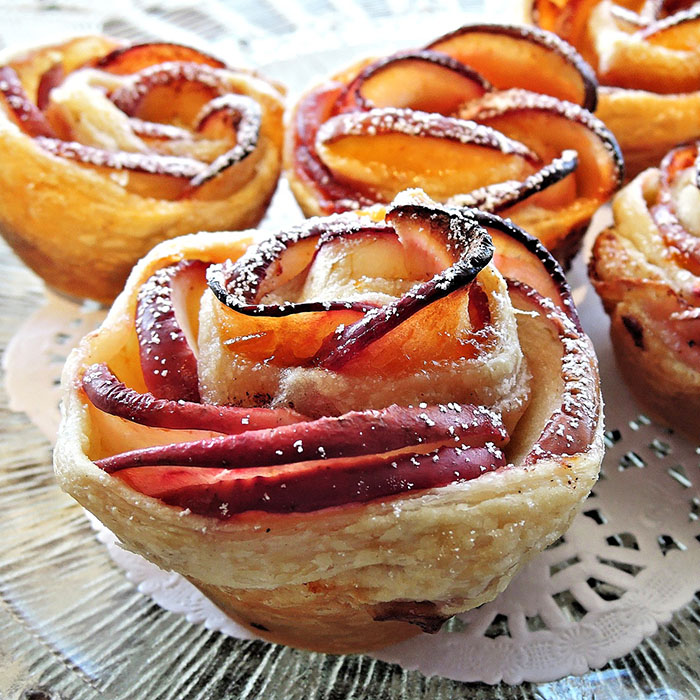WHAT COMES TO MIND when you hear the word “sugar”? Probably your favorite type of candy or dessert, maybe your favorite soda. You probably didn’t picture barbecue sauce, granola bars, flavored yogurt, or fruit juice, but all of these and plenty more foods you wouldn’t suspect are loaded with sugar. That isn’t great news for our oral health.
Sugar Versus Our Teeth
Why are dental health professionals like us wary of sugar? Simple. The harmful bacteria on our teeth and gums like to eat sugar as much as we do. When they’ve enjoyed a tasty meal from the food fragments that remain in your mouth after a sweet treat, they excrete acid onto your teeth. This acid eats away at tooth enamel and irritates the gums, and if we aren’t careful, it can lead to issues like tooth decay and gum disease.
Learn to Recognize the Many Names of Sugar
If sugar is showing up in foods we don’t think of as sweet, how are we supposed to know? One trick is to check the “added sugars” line on food labels, but you can also identify it in the ingredients list, where it hides behind many different aliases.
The Obvious and the Sneaky
Anywhere the word “sugar” appears, from brown sugar to coconut sugar, from coarse to powdered — it’s all sugar. The word “syrup” is another giveaway. No matter what type of syrup it is, whether high fructose corn syrup or rice syrup, it’s still sugar.
The Deceptive and the Scientific
Some of sugar’s disguises are presented to you in a way to fool you into thinking they’re healthy. These include agave nectar, honey, fruit juice concentrate, evaporated cane juice, and 100 percent fruit juice. Sugar will also hide behind intimidating, highly scientific-sounding labels, but a good way to identify them is by the suffix “-ose.” Fructose, sucrose, dextrose, lactose, maltose, and glucose are all scientific names for types of sugar molecules.
How Much Sugar Is Too Much?
With added sugars hiding in so many of the things we eat, cutting down on sugar can be a tricky business, but it’s definitely worth it both for our oral health and our overall health. The recommendation from the American Heart Association is that women consume no more than 25 grams (6 teaspoons) per day, and men 36 grams (9 teaspoons).
Healthy Sugar Alternatives
The way we eat our sugar is almost as important as how much we eat. Whole fruit is much better for us than fruit juice, and that’s because the sugar in fruit is trapped with a lot of water and fiber, so our bodies have a harder time absorbing it. Whole fruit is also more filling, so it’s harder to overdo it than it is drinking OJ with breakfast. This is the difference between natural sugars and processed sugar.
If fruit isn’t enough to satisfy your sweet tooth, you can try sugar-free sweeteners like xylitol, Stevia, monk fruit sweetener, and erythritol come in handy. It gets trickier if you want to bake sugar-free, but you can reduce the sugar in your recipes by substituting some or all of the sugar for applesauce, mashed banana, dates, or figs. And a good way to avoid added sugars is by eating more whole foods.
How Long Has It Been Since We Last Saw Your Teeth?
Cutting down on sugar is one way we can help out our teeth and gums, but it’s not the only way! A great brushing and flossing regimen and regular dental cleanings are key to maintaining good oral health. If we haven’t seen you in more than six months, today’s a great day to schedule your next appointment!




